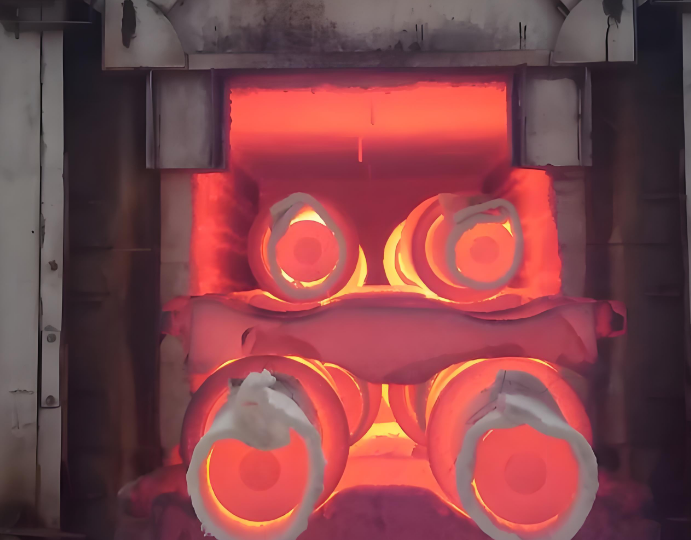
Heat treatment&Cryogenic

Benefits of Heat Treatment and Cryogenic Treatment
Below is an analysis of the advantages of heat treatment and cryogenic treatment, along with their synergistic effects in industrial blade applications:
1. Core Benefits of Heat Treatment
Heat treatment restructures a material’s microstructure through heating, holding, and cooling, enhancing blade performance:
-
Increased Hardness
-
Quenching forms a hardened martensite layer on the blade surface (e.g., HRC 60+), boosting wear resistance.
-
Ideal for high-load cutting (e.g., metal slitting blades).
-
-
Balanced Toughness and Strength
-
Tempering adjusts hardness-to-toughness ratios, reducing brittleness and preventing edge chipping.
-
Example: Woodworking blades require both sharpness and impact resistance.
-
-
Corrosion Resistance and Stability
-
Processes like nitriding create dense surface layers for corrosion resistance, ideal for food or chemical industries.
-
2. Unique Advantages of Cryogenic Treatment
Cryogenic treatment (-80°C to -196°C), applied post-heat treatment, further optimizes blade properties:
-
Residual Austenite Conversion
-
Converts retained austenite into martensite, improving hardness uniformity and reducing micro-stress.
-
Result: Blade lifespan increases by 20%-40%.
-
-
Refined Microstructure
-
Ultra-low temperatures disperse carbides, enhancing density and fatigue/impact resistance.
-
Application: Edge stability improves significantly in high-speed blades (e.g., corrugated paper cutters).
-
-
Stress Relief
-
Reduces internal residual stress, minimizing deformation risks for precision tools (e.g., surgical blades).
-
3. Synergistic Effects: Heat + Cryogenic Treatment
Combining both processes delivers 1+1>2 results:
| Performance Metric | Heat Treatment Only | Heat + Cryogenic Treatment |
|---|---|---|
| Hardness Uniformity | High | Excellent (<2% retained austenite) |
| Wear Resistance | Significantly improved | Enhanced by 30%-50% |
| Dimensional Stability | Moderate | Remarkably improved (60% less warping) |
| Application Scope | Standard environments | Extreme conditions (high heat/humidity/load) |
Case Studies:
-
Aerospace Blades: Titanium alloy cutters with combined treatment last 3x longer.
-
Packaging Circular Blades: .
4. PoLi’s Technical Solutions
We offer customized process combinations:
-
Material-Specific Optimization
-
High-Speed Steel (HSS): "Vacuum quenching + cryogenic + tempering" tri-process.
-
Carbide Blades: Cryogenic treatment strengthens cobalt bonding, reducing edge chipping.
-
-
Cost-Benefit Analysis
-
Cryogenic treatment adds ~15% cost but lowers total ownership cost (TCO) via extended lifespan.
-
-
Quality Assurance
-
Metallographic analysis + nano-hardness testing ensures process consistency.
-
Recommendations:
Consider combined treatment if your blades face:
✅ Frequent replacements causing downtime
✅ Cutting hard/sticky materials (e.g., composites, frozen meat)
✅ Strict precision requirements (e.g., optical film slitting)
For tailored solutions or case data, share your operational details, and we’ll optimize the process!
